Rising majestically from Kossuth Square, the Hungarian Parliament Building stands as Budapest’s most iconic landmark. This neo-Gothic masterpiece houses Hungary’s most precious crown jewels while serving as the working seat of the nation’s democracy.
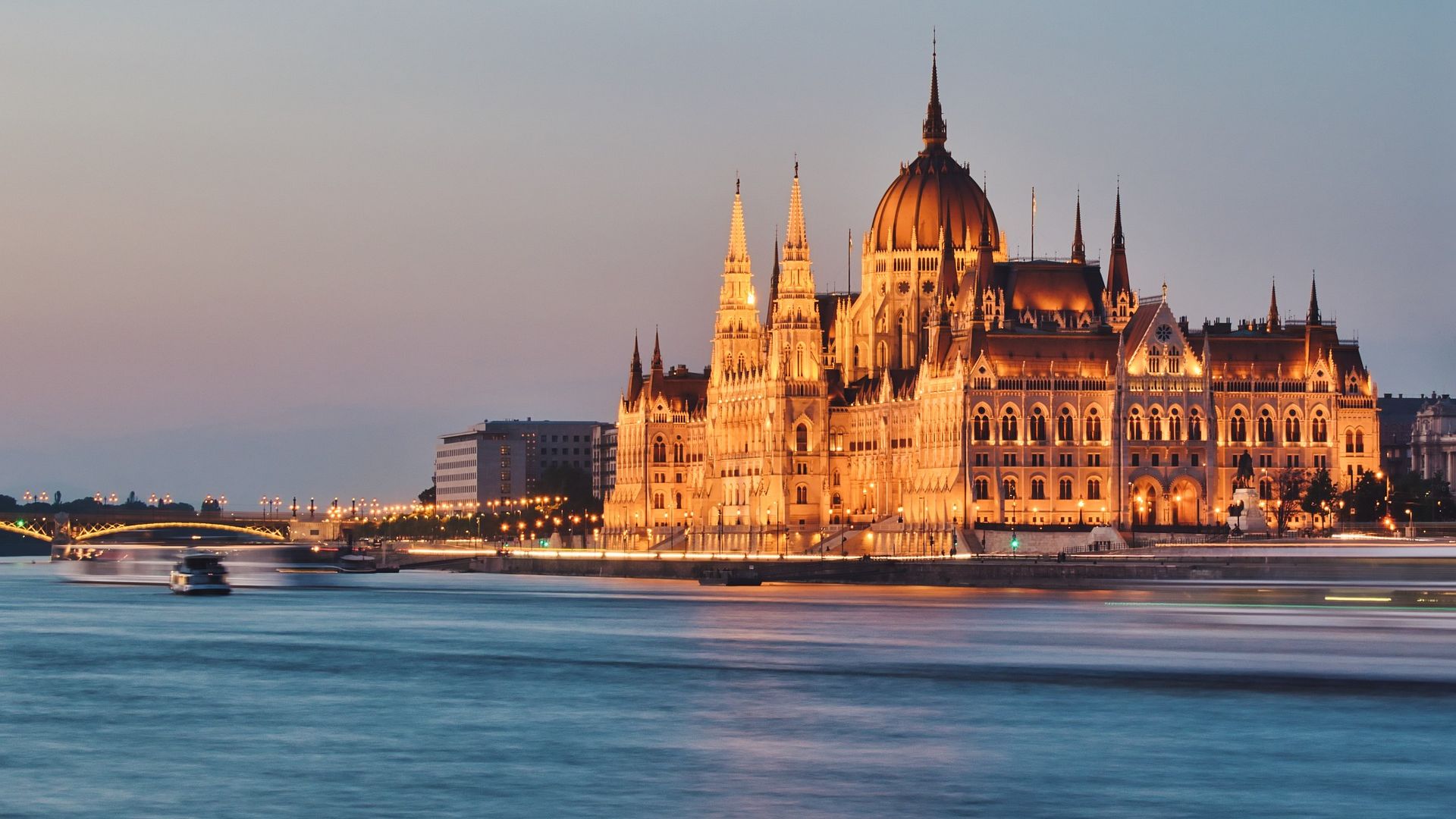
Highlights
- Marvel at the Holy Crown of Hungary in the magnificent Dome Hall, where St. Stephen’s 1,000-year-old coronation crown sits surrounded by equally precious royal regalia
- Explore the ornate Main Staircase adorned with Hungarian frescoes, intricate ceiling work, and over eight rare granite columns found in only 12 places worldwide
- Discover the former Upper House chamber with its oak-paneled walls, spectacular acoustics, and painted coats of arms representing Hungary’s royal dynasties
Tickets & Tours
Entry to the Parliament requires joining an official guided tour, as self-guided visits aren’t permitted for security reasons. Tours last approximately 45 minutes and include security screening time.
Standard tickets include access to the Main Staircase, Dome Hall with the crown jewels, and the former Upper House chamber. EU citizens receive significant discounts, while students aged 6-24 get even better rates with valid student ID.
Book well in advance, especially for English-language tours which sell out weeks ahead during peak season. Limited same-day tickets occasionally become available at the Visitor Center, but don’t count on it during summer months.
- City Highlights Cruise – Experience Budapest from the Danube River with the City Highlights Cruise, featuring a welcome drink as you sail past iconic landmarks and enjoy stunning views of the city.
- Nightime or Daytime Sightseeing Cruise – Admire Budapest’s illuminated skyline on a nighttime cruise or soak in the daytime views, with drinks available for purchase on board
- Parliament Audio-Guided Tour – Explore the grandeur of Budapest’s Parliament with an audio-guided tour, providing in-depth insights into Hungary’s history and architecture
Things to Know Before Booking Parliament Tickets
- Language-Specific Tours: Each tour is conducted in a specific language with set departure times, so choose carefully
- EU Resident Discounts: Bring passport or residence permit to prove eligibility for discounted rates
- Arrival Time: Come 30 minutes early for security checks and orientation
- Cancellation Policy: Tours can be cancelled last-minute due to parliamentary sessions or state events
- Age Restrictions: Children under 6 enter free but must be accompanied by adults
- Photography Rules: Allowed throughout most areas except the Dome Hall where crown jewels are displayed
What to See and Do
Witness the Holy Crown of Hungary
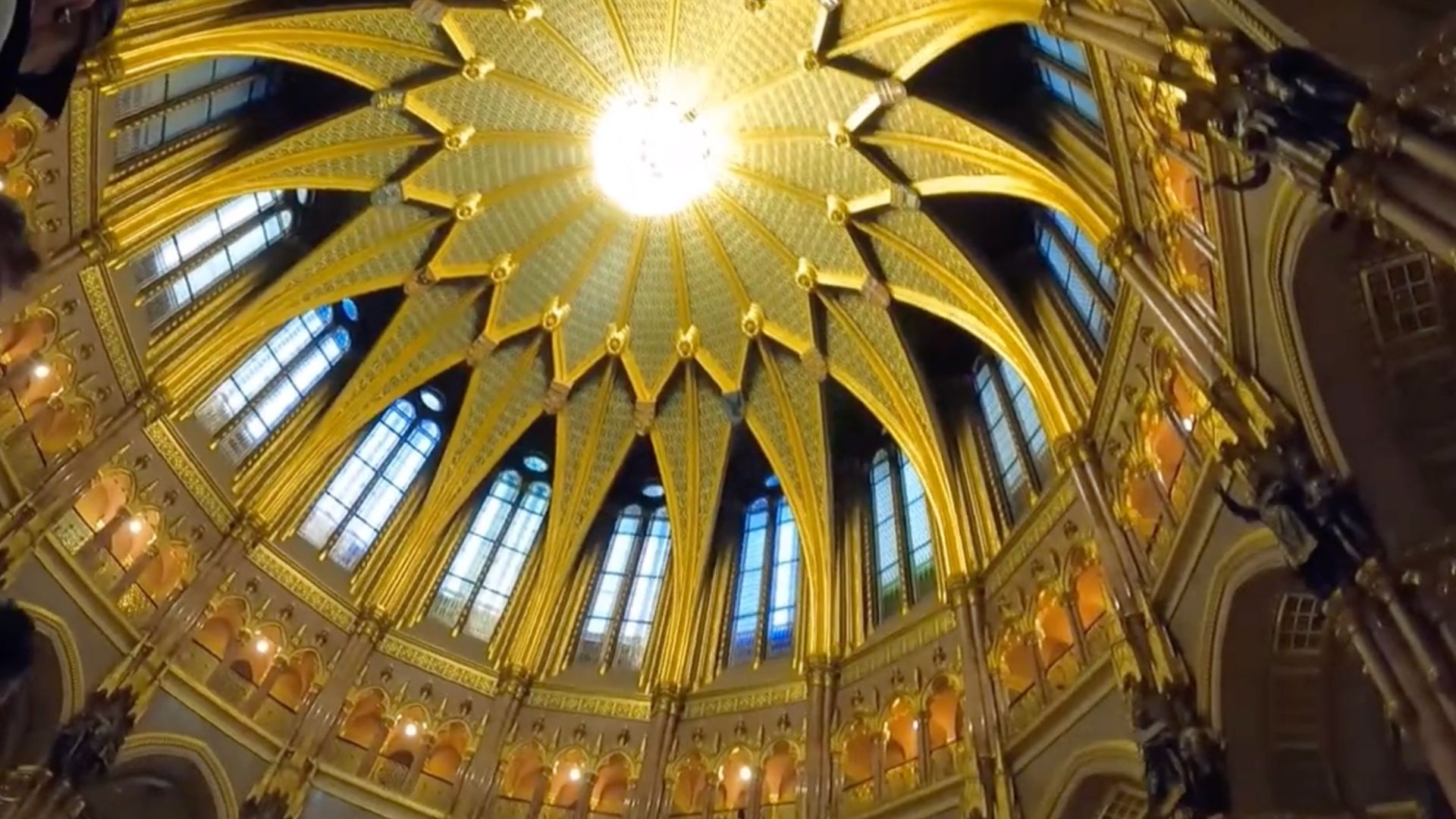
The tour’s emotional climax happens in the sixteen-sided Dome Hall, where Hungary’s most sacred treasure awaits behind bulletproof glass. The Holy Crown of St. Stephen, used to crown Hungarian kings for nearly 1,000 years, consists of two distinct parts: the upper crown gifted by Pope Sylvester II around 1000 AD, and the lower Byzantine crown featuring intricate enamel work and precious gems.
This isn’t just any royal bauble. The crown survived Mongol invasions, Turkish occupation, Nazi theft, and decades hidden in Fort Knox before returning to Hungary in 1978. Its crooked cross tells stories of narrow escapes and desperate flights across medieval Europe. Guards change shifts every few hours in a precise ceremony you might witness during your visit.
The coronation regalia displayed alongside includes the royal scepter with its 10th-century Fatimid crystal ball, the golden orb, and the ceremonial sword. Photography is strictly forbidden here, making this one of those precious moments you’ll need to experience with your eyes rather than your camera.
Climb the Grand Staircase
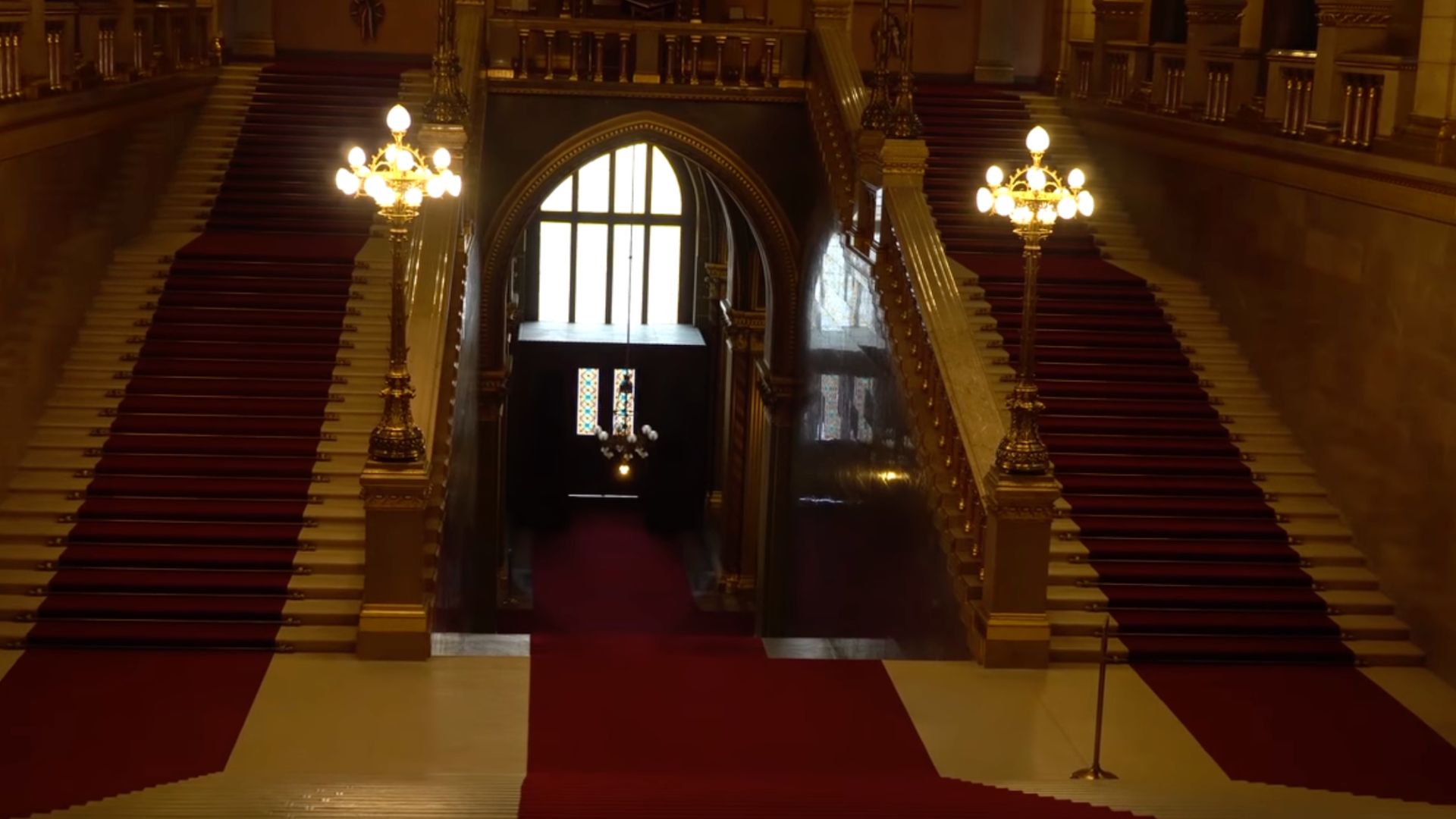
Your Parliament journey begins with the spectacular Main Staircase, where Hungarian artistry reaches its peak. This isn’t just functional architecture but a deliberate statement of national pride, built using exclusively Hungarian materials (except for those famous Swedish granite columns).
The ceiling frescoes by Károly Lotz depict key moments in Hungarian history, while intricate gold leaf work catches light streaming through stained glass windows. Each step takes you deeper into the building’s symbolic heart, where every decorative element carries meaning about Hungary’s Christian heritage and royal traditions.
Look for the bust of architect Imre Steindl tucked into a wall niche. Tragically, Steindl went blind during construction and died just weeks before his masterpiece’s completion, making this memorial particularly poignant.
Explore the Former Upper House Chamber
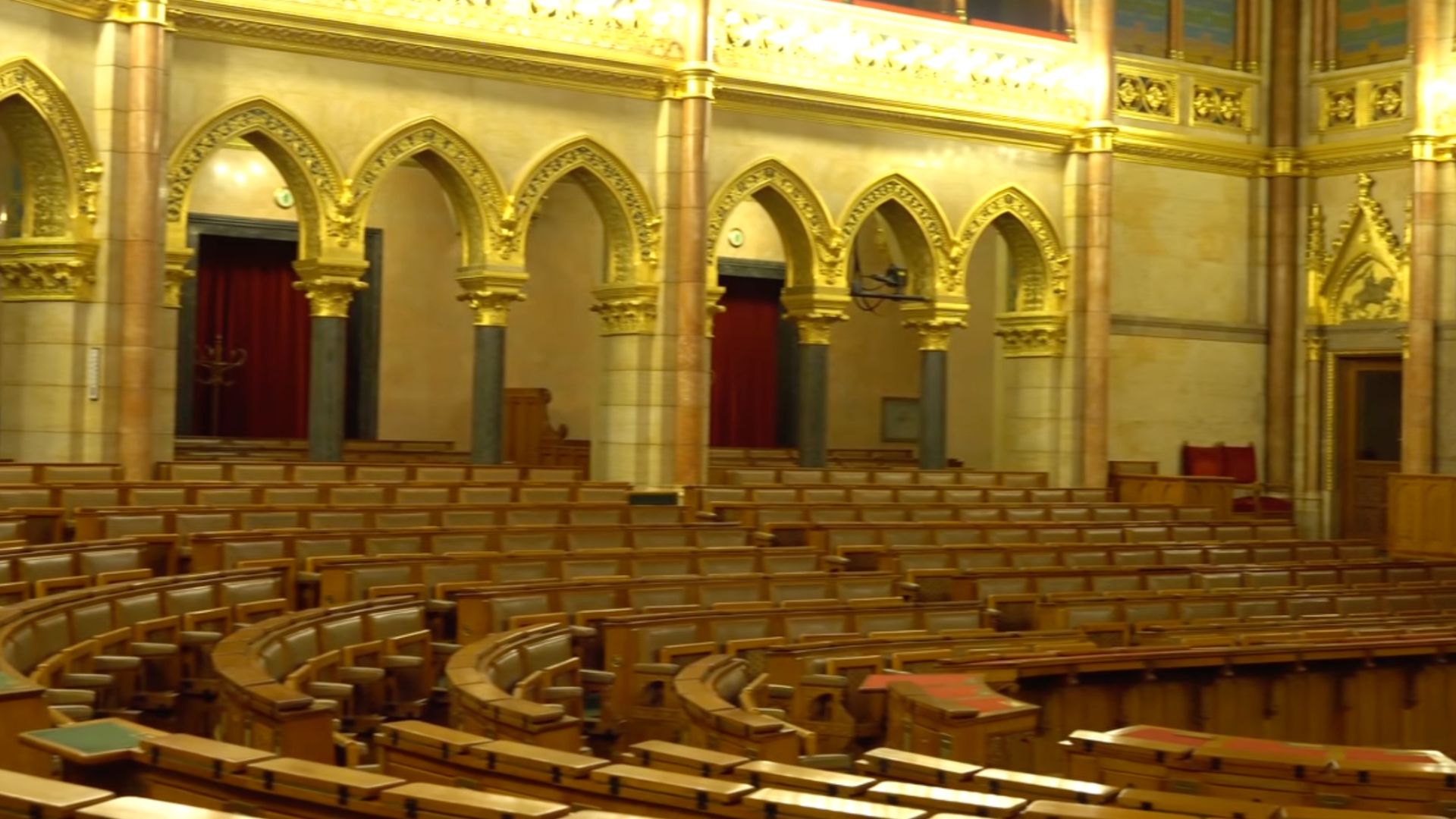
Until 1944, Hungary operated a bicameral system with separate Upper and Lower houses. Today’s tour includes the gorgeous former Upper House chamber, now used for conferences and state ceremonies. The room’s Slavonian oak paneling, intricate gold trim, and painted royal coat of arms create an atmosphere of refined power.
The acoustics here are phenomenal. Whisper from one corner and you’ll be heard clearly across the room. The multi-level galleries were designed to accommodate 453 people during heated political debates that shaped modern Hungary.
Notice how the carpeting differs between rooms. The Lower House featured red carpets (representing the common people), while the Upper House used blue (symbolizing noble blue blood). These details reveal how seriously Hungarians took their democratic experiment during the Austro-Hungarian era.
Marvel at the Building’s Hidden Details
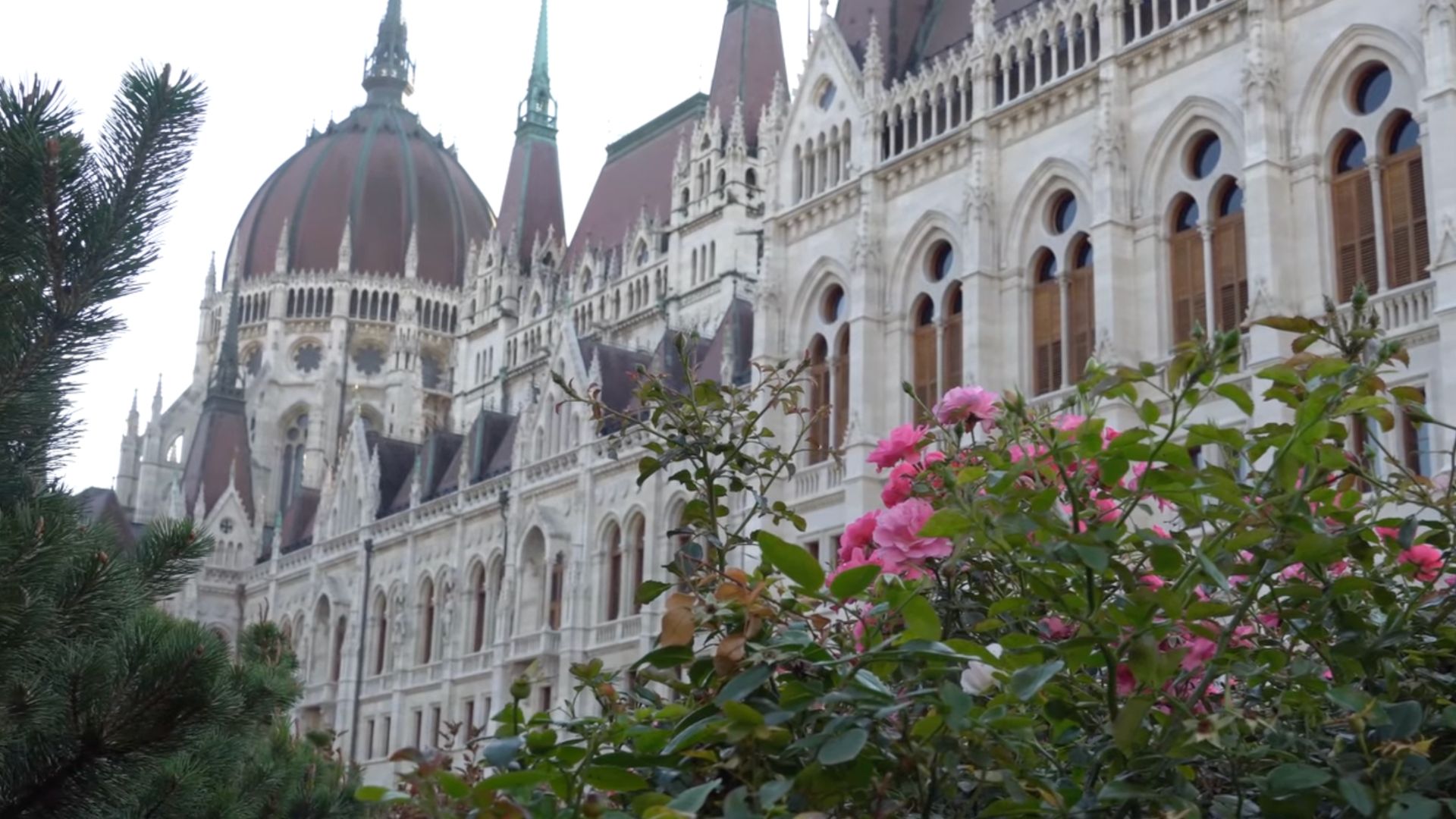
Your guide will point out fascinating elements most visitors miss. The building uses a symmetric design where each side mirrors the other perfectly. The height of 96 meters commemorates the year 896 when Hungarian tribes first settled the Carpathian Basin, while the number 96 appears throughout the building’s design.
About 40 kilograms of 22-23 carat gold embellish the interiors, creating that lustrous royal feeling. The red carpeting throughout stretches nearly 3 kilometers total. The building contains 691 rooms, 29 staircases, and 365 towers representing each day of the year.
During construction, an average of 1,000 workers labored on the building simultaneously for 17 years. They used 40 million bricks and incorporated 90 stone statues on the facade depicting Hungarian rulers, military leaders, and Transylvanian princes.
Experience the Parliament’s Night Illumination
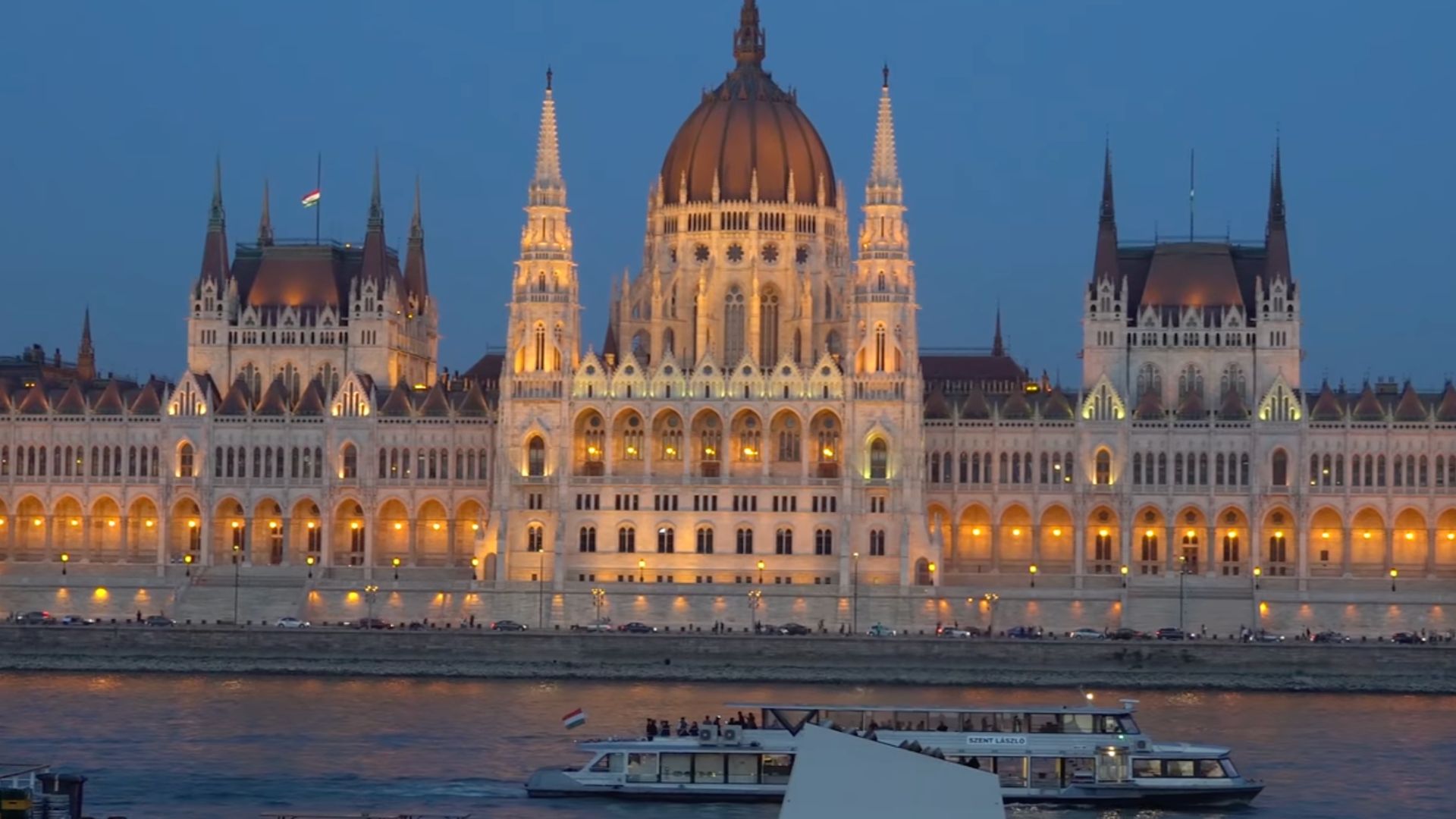
After your daytime tour, return for an entirely different spectacle when the Parliament transforms into a golden beacon along the Danube. The building’s nighttime illumination activates around sunset, creating one of Europe’s most photographed architectural displays.
The carefully positioned lighting system uses hundreds of strategically placed fixtures to highlight every Gothic detail, spire, and ornamental element. The warm golden glow reflects beautifully on the Danube’s surface, creating magical mirror images that dance with the river’s movement.
For the best views, head to Batthyány Square on the Buda side or take an evening Danube cruise. The Parliament looks equally stunning from Fisherman’s Bastion or while walking across any of Budapest’s bridges. Many visitors say the night view actually surpasses the daytime experience, especially when photographed against the deep blue twilight sky.
The illumination typically stays on until around 10-11pm as part of Budapest’s energy conservation efforts, so plan your evening viewing accordingly. Winter brings earlier lighting times (around 4:30-5pm), while summer illumination doesn’t begin until 8:30-9pm.
Plan Your Visit to the Hungarian Parliament
Opening Hours
Visitor Center:
- April-October: Monday-Friday 8am-6pm, Saturday-Sunday 8am-4pm
- November-March: Daily 8am-4pm
Tours run throughout operating hours with language-specific departure times. English tours typically depart at 10am, noon, 12:30pm, 1:30pm, 2:30pm, and 3:30pm, with additional 5:45pm tours April-November.
Note that parliamentary sessions and state events can cancel tours with little notice, especially during Hungary’s legislative calendar.
Getting There
Metro: M2 (Red Line) to Kossuth Lajos tér station. Exit and you’ll see the Parliament directly in front of you.
Tram: Line 2 stops at Kossuth Lajos tér, offering scenic views along the Danube.
Walking: The Parliament sits in central Pest, easily reachable on foot from most downtown hotels. Its distinctive dome serves as a perfect navigation landmark.
From Chain Bridge: About 10 minutes north along the riverbank through beautiful downtown streets.
Map & Address
Kossuth Lajos tér 1-3, 1055 Budapest, Hungary
Nearby Places
Shoes on the Danube Bank memorial sits just south of Parliament, commemorating Holocaust victims with a powerful riverside installation.
Ethnographic Museum faces Parliament across Kossuth Square, housed in another stunning 19th-century building from the original Parliament competition.
St. Stephen’s Basilica rises just 15 minutes south, offering dome views and Hungary’s most important church.
Liberty Square lies a few blocks east, featuring beautiful architecture and contentious monuments reflecting Hungary’s complex 20th-century history.
Facilities
- Visitor Center: Underground facility with information desk, café, gift shop, and restrooms
- Security Screening: Airport-style security check required for all visitors
- Accessibility: Wheelchair accessible with elevators and ramps, though some historic areas have limitations
- Audio Guides: Available in 23+ languages including English, French, German, Spanish, Italian, and many others
- Storage: No large bags or luggage permitted; limited storage available
- Gift Shop: Parliament-themed souvenirs, books, and Hungarian crafts
Tips
- Book Early: English tours sell out weeks in advance during summer months
- Arrive Prepared: Bring valid ID for ticket verification and arrive 30 minutes early
- Dress Appropriately: This is a working government building, so dress respectfully
- No Large Bags: Travel light or use hotel storage before visiting
- Photography Strategy: Capture the exterior and allowed interior areas, but respect the Dome Hall restrictions
- Evening Views: Return after your tour for spectacular night illumination photos from across the Danube
- Weather Consideration: Underground Visitor Center provides shelter during bad weather
Did you know that: (5 Interesting Facts!)
- The Parliament’s dome collapsed catastrophically in 1868 during initial construction, forcing architect Imre Steindl to completely redesign the building and delaying completion by decades.
- During World War II, the building sheltered government archives and civilians in its basement while suffering severe bombing damage that took years to repair.
- The Holy Crown spent 33 years hidden in Fort Knox, Kentucky, after Hungarian officials gave it to U.S. forces in 1945 to prevent Soviet seizure.
- More than 500,000 precious stones were incorporated into the building’s construction, along with 88 pounds of gold used solely for interior decoration.
- The building’s 365 towers represent each day of the year, while its height of exactly 96 meters honors the 896 AD settlement of Hungarian tribes in the Carpathian Basin.
History
- 1843: Hungary’s Diet (parliament) moves from Bratislava to Pest, creating need for permanent building
- 1880: National competition held to design new Parliament building, with 19 entries submitted
- 1885: Construction begins under architect Imre Steindl’s winning neo-Gothic design
- 1896: Partially completed building hosts Hungarian Millennium celebrations marking 1,000 years of settlement
- 1900: Architect Imre Steindl goes blind but continues overseeing construction by touch and memory
- 1902: Steindl dies just five weeks before building completion, never seeing his finished masterpiece
- 1904: Parliament officially opens with 691 rooms, making it Hungary’s largest building
- 1944-1945: Building suffers severe WWII bombing damage; basement shelters archives and refugees
- 1950s-1960s: Communist renovation removes royal symbols while maintaining architectural integrity
- 1989: Democratic transition brings restoration of royal coat of arms and national symbols
- 2000: Holy Crown of Hungary moves from National Museum to Parliament’s Dome Hall
- Present: Continues as seat of Hungarian National Assembly while welcoming 700,000+ annual visitors
FAQ
How to get tickets for Hungarian Parliament?
You can purchase tickets right here through our site. Same-day tickets are occasionally available at the Visitor Center, but don’t count on it during peak season. Book 2-3 weeks in advance for English tours, which sell out fastest.
How much does it cost to go to the Hungarian Parliament?
Ticket prices vary by nationality and age. EU citizens receive significant discounts compared to non-EU visitors, while students aged 6-24 get additional savings with valid student ID. Children under 6 enter free. Check the official website for current rates as prices change seasonally.
Can you visit the Hungarian Parliament without a tour?
No, all visitors must join official guided tours for security reasons. Self-guided exploration isn’t permitted anywhere inside the building. Tours last about 45 minutes and are the only way to see the interior, including the crown jewels.
Is it worth going inside Hungarian Parliament?
Yes, if you appreciate history and architecture. You’ll see the Holy Crown of Hungary, spectacular neo-Gothic interiors with gold leaf work, intricate frescoes, and learn fascinating stories about Hungarian sovereignty. Many visitors consider it Budapest’s must-see attraction despite the entrance fee.
How long to spend at Hungarian Parliament?
Plan for 1.5-2 hours total including security check, the 45-minute guided tour, and time to explore the free exhibitions afterward. The tour itself is fixed at 45 minutes, but arrive 30 minutes early for check-in and security screening.
What time does the Hungarian Parliament light up?
The Parliament’s illumination turns on around sunset time, which varies by season. In summer, lights typically activate around 8:30-9:00pm, while in winter they come on as early as 4:30-5:00pm. There’s no fixed schedule as it follows natural sunset timing throughout the year.
How many seats are there in Hungarian Parliament?
The Hungarian National Assembly has 199 seats in total. This unicameral parliament consists of 106 members elected from single-member constituencies and 93 elected from national party lists. The number was reduced from 386 seats in 2014 to make the legislature more efficient.
